Is It a Butterfly or a Moth?
Spicebush Swallowtail Butterfly |
We love watching and learning about butterflies, and moths too! But identifying the differences can be difficult.
Butterflies and moths belong to a group of insects called Lepidoptera. Like all insects, butterflies and moths have a head, thorax, abdomen, two antennae, and six legs.
There are many more species of moths than butterflies. Butterflies and skippers make up about 10% of the Lepidoptera order, while moths make up 90%. There are an estimated 160,000 species of moths.
While there is no single feature to distinguish a butterfly from a moth, there are some characteristics common to each.
- In general, butterflies are smooth and lean, whereas moths tend to be stockier and have furry bodies.
- Butterflies tend to fold their wings vertically up over their backs, while moths hold their wings in a tent-like fashion hiding the abdomen.
- Butterflies are primarily diurnal, flying in the daytime. Moths are generally nocturnal, flying at night. However, there are moths that are diurnal, such as the buck moth and there are butterflies that fly at dawn and dusk. More exceptions to the rules!
-
A butterfly makes a chrysalis, which is hard, smooth and has no silk covering. A moth makes a cocoon, which is wrapped in a silk covering.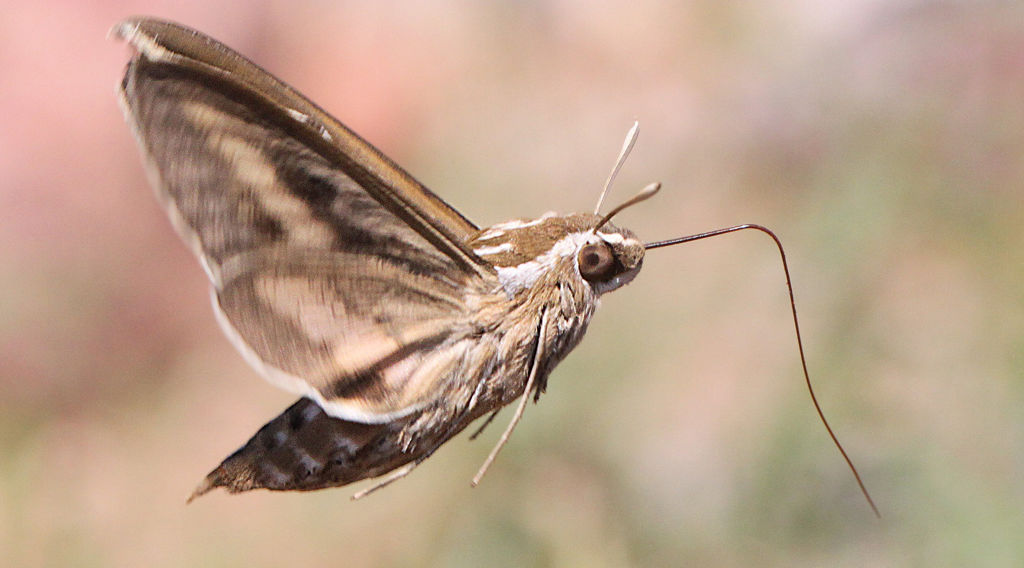
White-lined Sphinx Moth
- Moth wings, unlike butterfly wings, have a structure called a frenulum, which joins the forewing to the hind wing.
- Butterflies tend to be colorful. Nocturnal moths are usually plain brown, grey, white or black and often possess patterns of zigzags or swirls which help camouflage them from predators as they rest during the day. However, many day-flying moths are brightly colored, particularly if they are toxic.
- Moths have larger scales on their wings which gives them the appearance of being more dense and fluffy. Butterflies possess fine scales.
- A butterfly’s antennae, or feelers, are club-shaped with a long shaft and a bulb at the end. A moth’s antennae are feathery, comb-like or saw-edged (see the side-by-side comparison of a butterfly and moth below).
Butterfly (l) and moth (r) side-by-side comparison |
Butterfly or Moth? No single feature distinguishes one from another! Sign at the Arizona-Sonora Desert Museum in Tucson, Arizona (Staff Photo) |
||
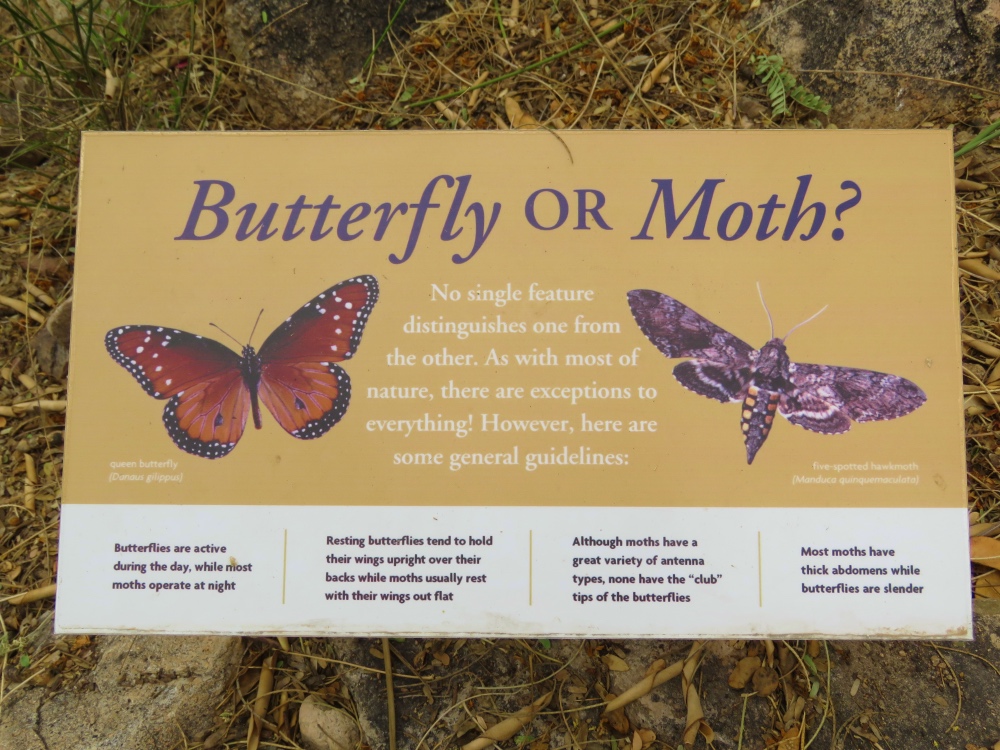 |
||
Common Moths
|
| Polyphemus Moth Promethea Moth Salt Marsh Moth Snowberry Clearwing Moth Spiny Oakworm Moth Tersa Sphinx Moth White-lined Sphinx Moth |
 |
Popular Butterfly Books at our Amazon Store |
||
| Kaufman Field Guide to Butterflies of North America 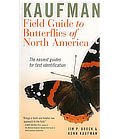 |
Peterson First Guide to Butterflies and Moths of North America 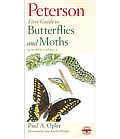 |
|
The Life Cycles of Butterflies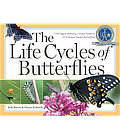 |
Stoke's Beginner's Guide to Butterflies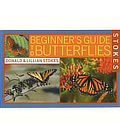 |
|
|
||
